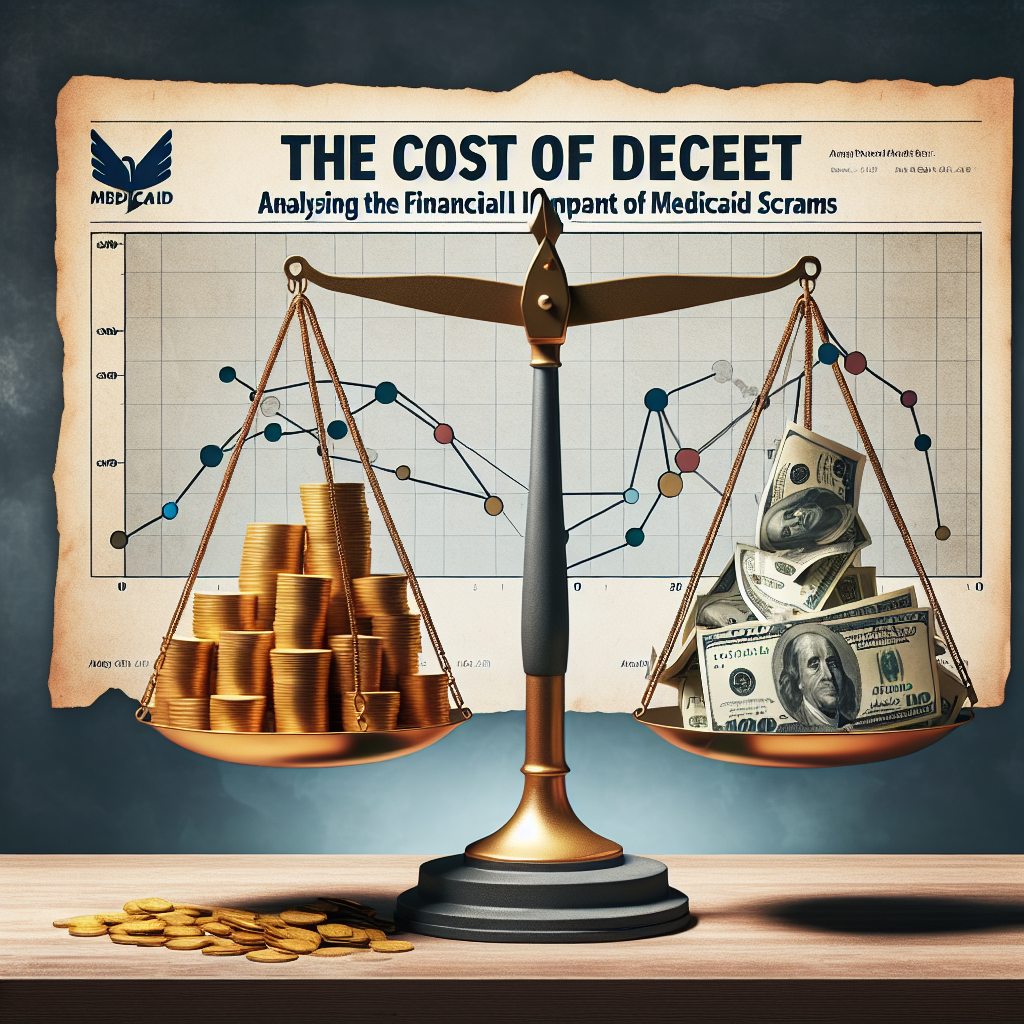The Cost of Deceit: Analyzing the Financial Impact of Medicaid Scams
Medicaid is a lifeline for millions of Americans, providing essential health services to those in need. However, as the system expands, so does the risk of fraud. The increasing prevalence of Medicaid scams can leave unsuspecting individuals vulnerable to financial loss and identity theft. In this article, we will delve into the details of Medicaid scams, how they operate, and, most importantly, what you can do to protect yourself and your loved ones.
Understanding Medicaid Scams
What Are Medicaid Scams?
Medicaid scams typically involve deceitful practices that exploit the Medicaid system for financial gain. These can range from fraudulent billing for services never rendered to the exploitation of personal information. Scammers often target vulnerable populations, including the elderly and those with chronic health conditions, complicating their situation further and risking their health and financial security.
Common Types of Medicaid Scams
-
Phishing Attempts: Scammers often pose as government representatives or healthcare providers, contacting individuals to verify their Medicaid information and steal personal details.
-
False Billing: Some providers submit claims to Medicaid for services not provided or inflate bills for unnecessary treatments.
-
Identity Theft: Unscrupulous individuals may use stolen Medicaid numbers to access health services, leaving victims with the repercussions.
- Kickback Schemes: Healthcare providers might manipulate the system by offering incentives to patients for using their services, thereby defrauding Medicaid.
Why Medicaid Scams Are on the Rise
As healthcare technology advances, so do the tactics used by scammers. The complex nature of the Medicaid system, combined with the growing number of eligible recipients, creates a fertile ground for fraudulent activities. According to the U.S. Department of Health & Human Services, billions of dollars are lost annually due to healthcare fraud, with Medicaid being a significant aspect of this issue.
How to Recognize a Medicaid Scam
Red Flags to Watch Out For
-
Unsolicited Calls or Emails: Be wary of unexpected communications asking for personal or sensitive information related to your Medicaid coverage.
-
Urgency: Scammers create a sense of urgency, pressuring victims to act quickly to avoid losing benefits.
- Too-Good-To-Be-True Offers: If a provider claims that you can receive free services or medications, it’s essential to verify these claims directly with your Medicaid provider.
Steps to Verify Legitimate Requests
-
Contact Your Medicaid Office: If you receive any suspicious communication, contact your local Medicaid office directly to verify its authenticity.
-
Check Provider Credentials: Always check if the healthcare provider is accredited and recognized by Medicaid.
- Review Your Statements: Regularly review your Medicaid statements for any unfamiliar charges or services.
Protecting Yourself from Medicaid Scams
Best Practices for Prevention
-
Stay Informed: Educate yourself about common scams and keep abreast of changes in the Medicaid system. Knowledge is your best defense.
-
Guard Your Information: Never share your Medicaid number or personal details unless completely sure of the recipient’s identity.
-
Report Suspicious Activity: If you suspect a scam, report it immediately to your state Medicaid agency or the Office of Inspector General.
- Utilize Available Resources: Resources such as GroSecure provide valuable information and assistance in navigating healthcare challenges. Click Here to learn more.
The Role of Government and Organizations
Federal and State Initiatives
To combat the rising tide of Medicaid scams, federal and state governments have implemented various initiatives aimed at education, monitoring, and enforcement. Public awareness campaigns, stricter regulations, and investigative task forces work together to detect and prevent fraud.
Assistance from Nonprofits and Local Organizations
Numerous nonprofit organizations provide resources and support for victims of scams, offering guidance on recovery and prevention. These organizations play an essential role in raising awareness and empowering communities to safeguard their personal information.
Conclusion: Take Action Now!
As the threat of Medicaid scams continues to evolve, staying informed and vigilant is crucial. This article highlights the various methods scammers employ and the steps you can take to protect yourself. Remember, prevention is always better than cure.
If you or someone you know is at risk, don’t hesitate to reach out to your local Medicaid office, report any suspicious activity, and educate others. For further insights and support tailored to your needs, Click Here to learn more.
By taking these proactive measures, you can help ensure that you and your loved ones remain safe and secure when navigating the complexities of Medicaid. Stay alert, stay educated, and together we can fight against Medicaid fraud.

